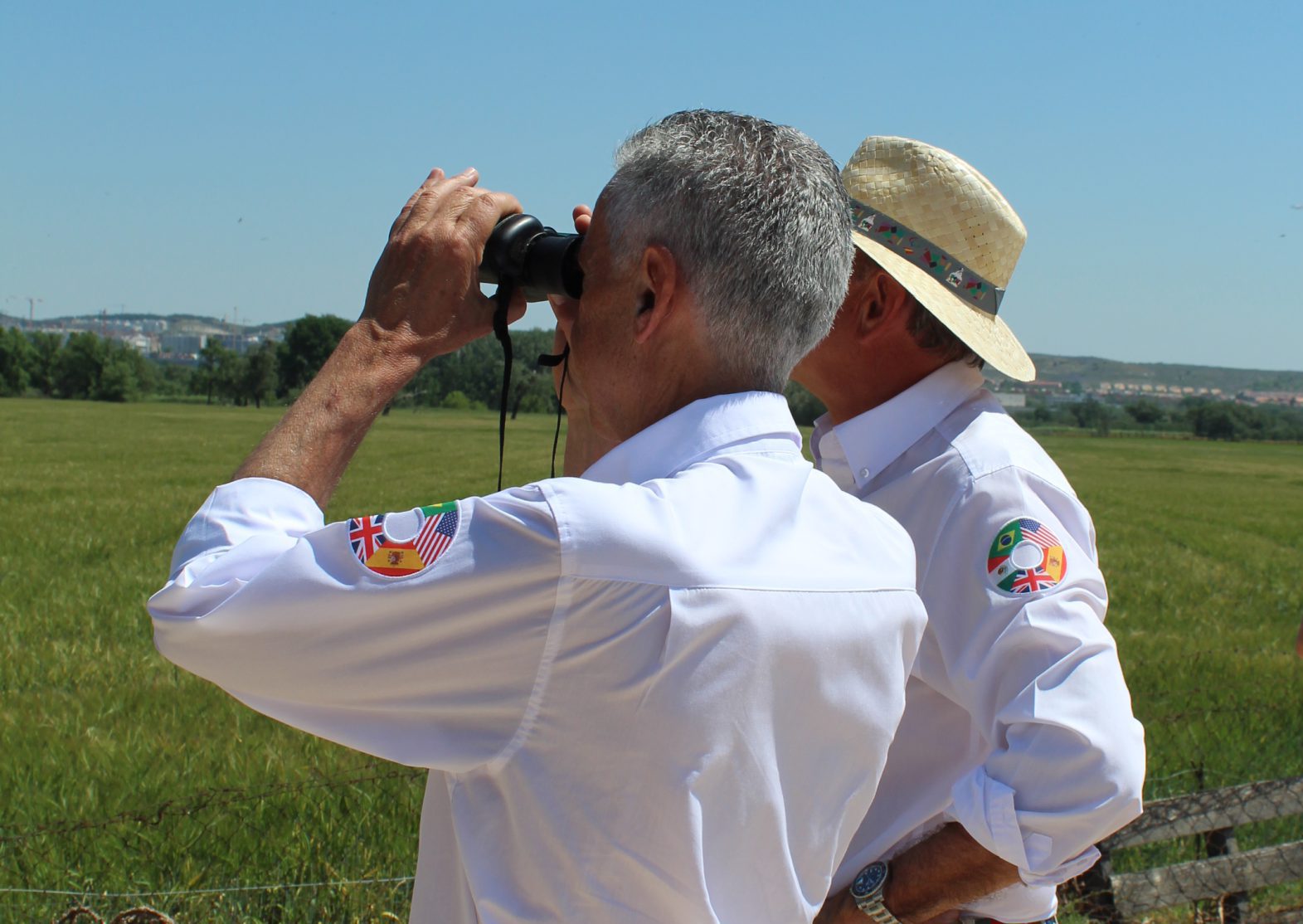Iberdrola dedicates over 10 years to the study of the red kite in the Iberian Peninsula.
- The monitoring and analysis of GPS transmitters have been possible thanks to the work of the University of Alicante within the Migra program that SEO/BirdLife and Fundación Iberdrola España have been developing since 2011 to know the migratory routes and movements of the Spanish avifauna.
- The new monograph of the Migra program of SEO/BirdLife, Migration and Spatial Ecology of the Spanish Population of the Red Kite collects data from 138 specimens marked with GPS between 2009 and 2020 to know their migratory routes.
The red kite is a medium-sized bird of prey that breeds mainly in Europe, where 95% of its world population is found. The populations of central and northern Europe are long-distance migrants and winter in the Mediterranean area (Spain, Portugal, France, and Italy), while the southern populations are sedentary or make short-distance movements during the winter.
SEO/BirdLife with the collaboration of Fundación Iberdrola España launched in 2011 the Migra Program, which incorporates the latest technologies in geolocation and remote monitoring systems to know in greater detail the movements of birds inside and outside our country.
Thanks to this initiative, it is possible to know the start and end dates of their migrations, the stopping places, and feeding points, the time they take to make these trips, whether they are repeated in spring and autumn migration, the main wintering and dispersal areas, or whether the routes are the same year after year. Fundación Iberdrola España collaborates with this program as part of its activity in support of biodiversity, one of its main areas of action.
In Spain, the red kite is declared Endangered according to the Spanish Catalogue of Threatened Species, and in the last census carried out in 2014 the breeding population counted 2,312 pairs, which places Spain as the third country with the largest breeding population, after Germany and France.
During the winter Spain hosts many wintering birds from central and northern Europe; the wintering population counted in 2014 was 50,297 birds, making Spain the main wintering country for the European red kite population. The European breeding population is estimated at 24,000-31,900 pairs, and although on a global scale it is considered stable, in many European countries this figure is decreasing.
One of the main conservation problems of this bird is poison, which contributes to the 31% decline of its population in Spain. The specimens have been analyzed at different life stages of both the breeding and wintering populations, highlighting their enormous ethological variability and the numerous factors on which this depends.
Between 2009 and 2020, 138 red kites were marked with remote tracking devices in different localities within the distribution area of the species in Spain. The data collected in the monograph Migration and Spatial Ecology of the Spanish Population of the Red Kite are the result of a great effort of marking individuals with GPS transmitters over more than a decade, thanks to which hundreds of thousands of precise locations have been obtained, allowing us to understand the spatial and migratory behavior of this population with a detail that was unattainable until now.
Individuals have been analyzed at different stages of their lives (breeding, post-breeding, wintering, migration, and juvenile dispersal), both in the breeding and wintering populations, highlighting their enormous ethological variability and the many factors on which this depends.
Since 2020 SEO/BirdLife participates in the Life Eurokite project, an initiative of 26 countries to better understand the threats to the species and contribute to the reduction of the causes of mortality of the European population of red kites, a species in danger of extinction in our country. Over the next seven years, more than 1,000 red kites will be tracked with GPS.


